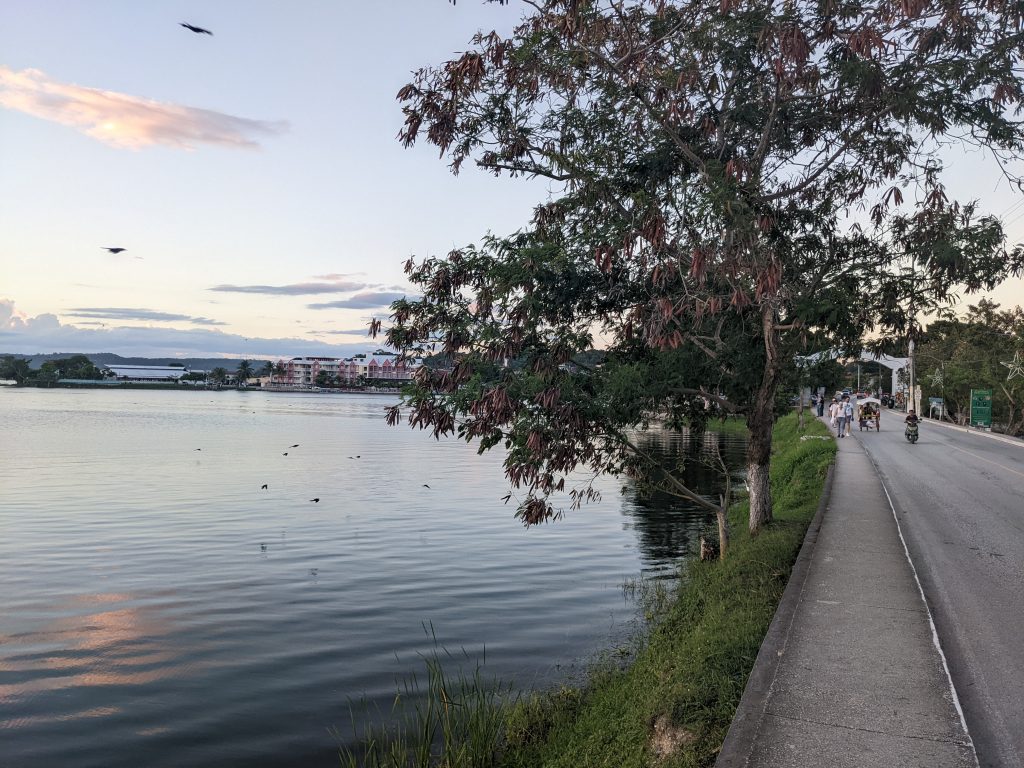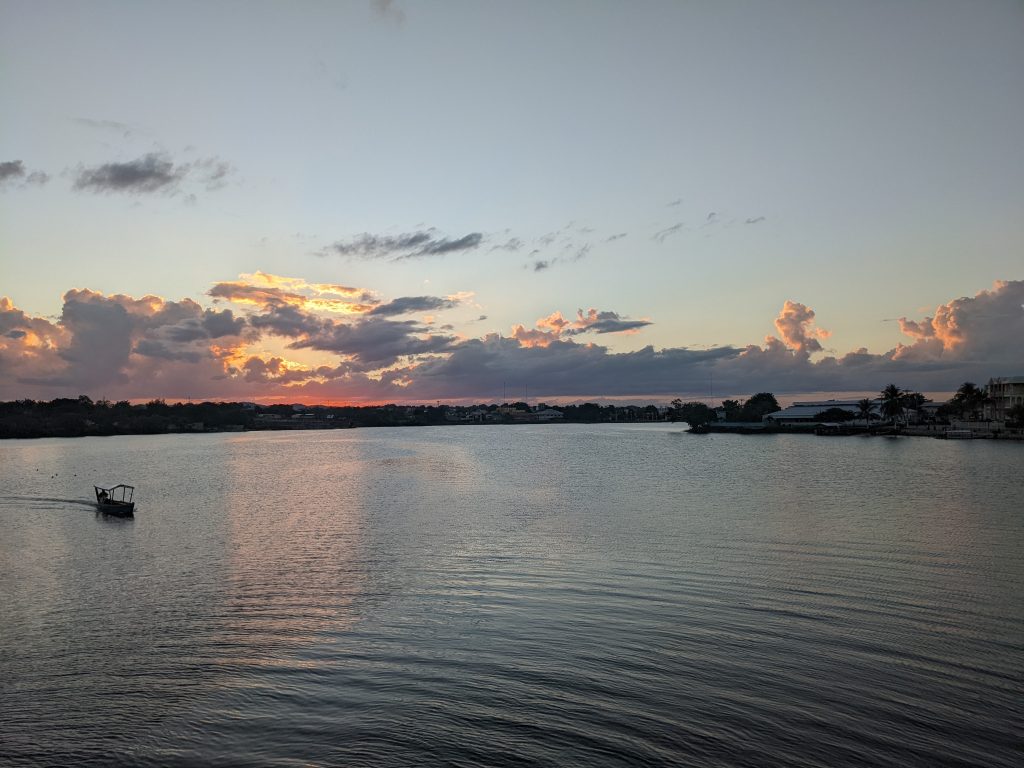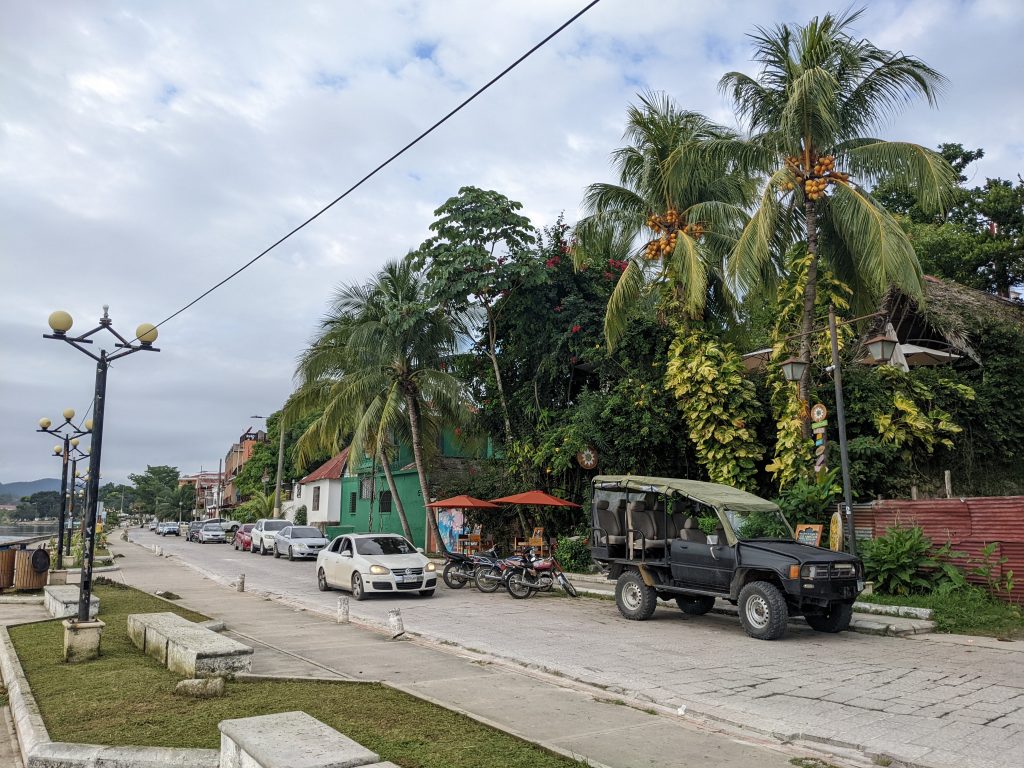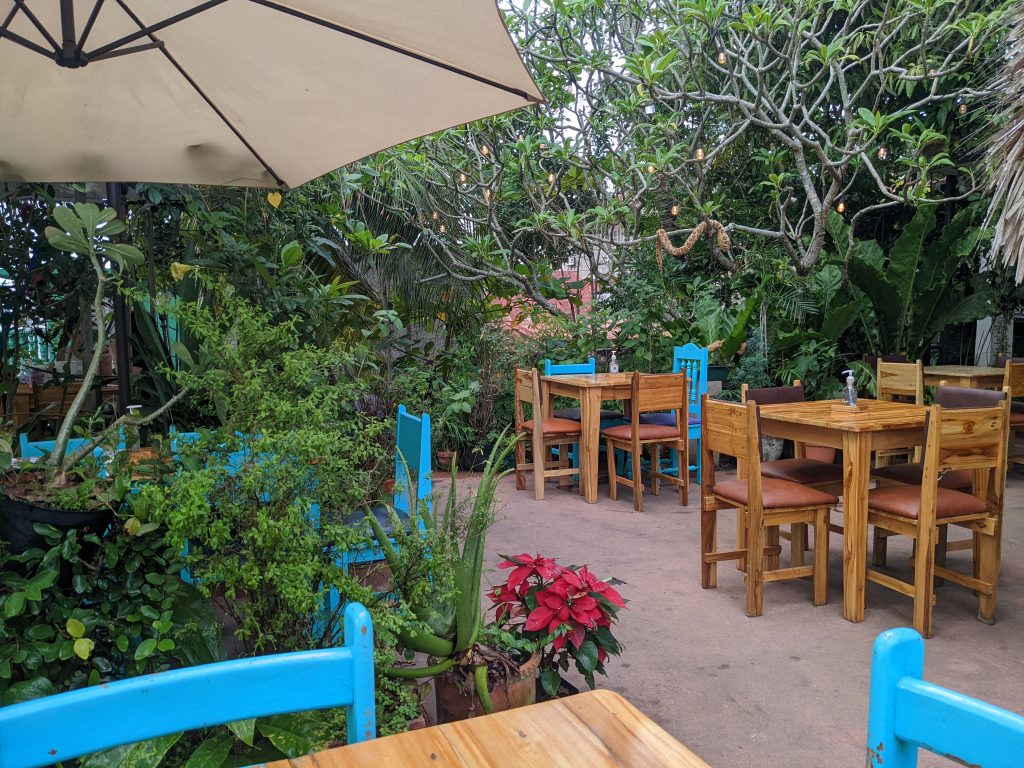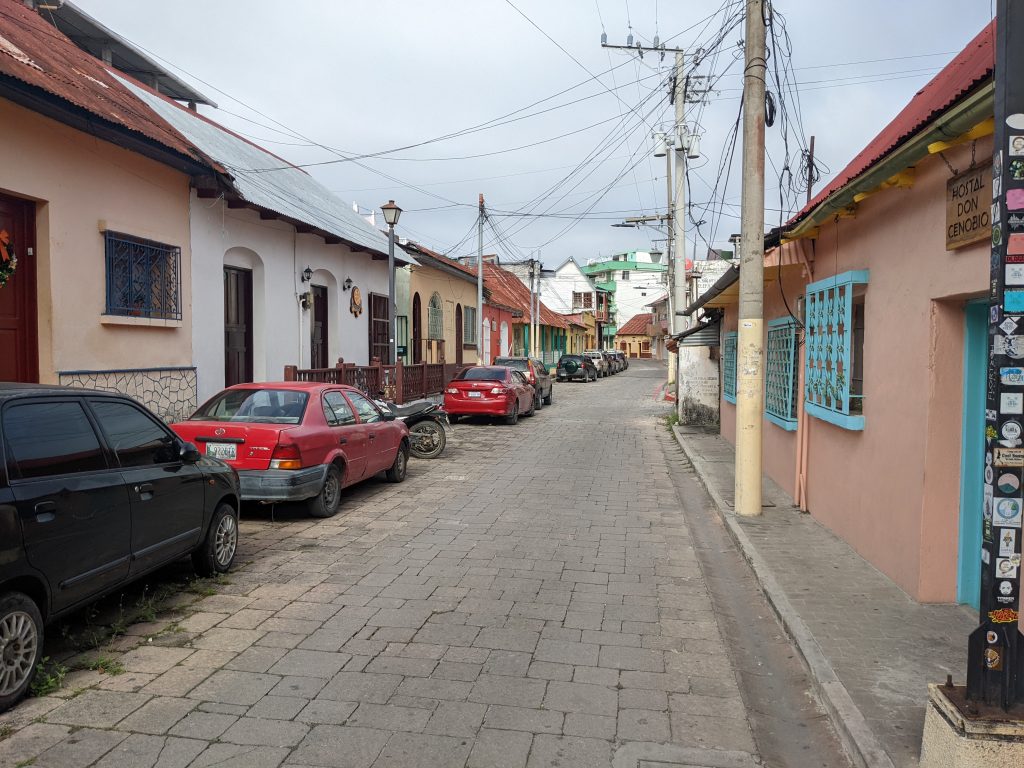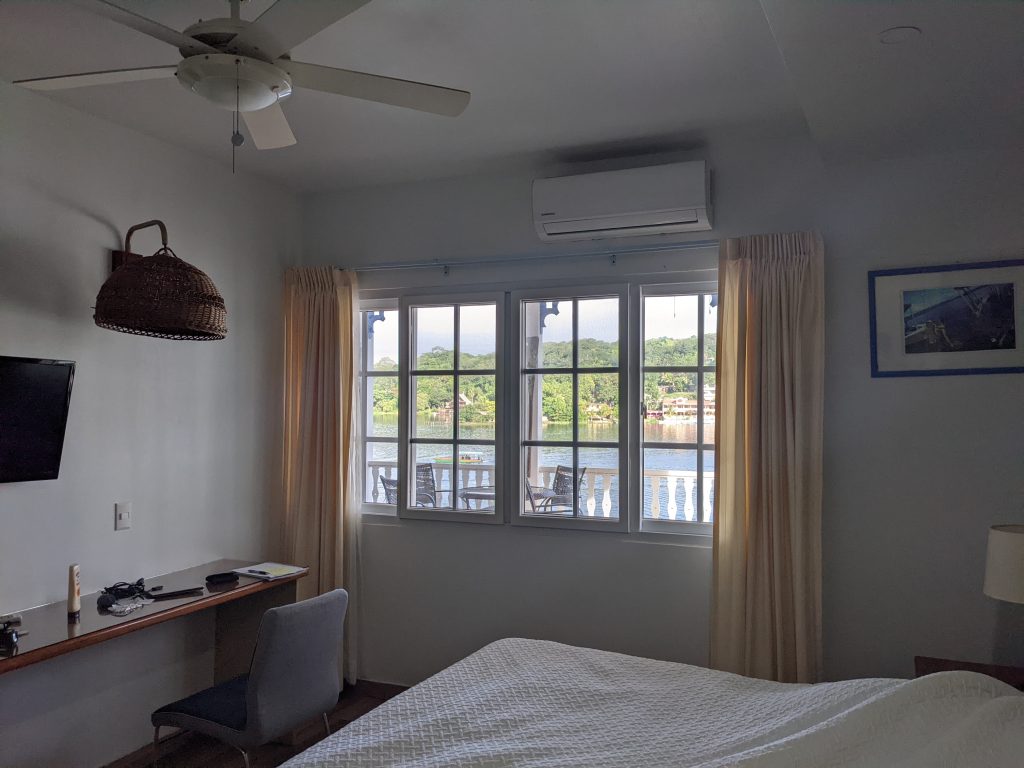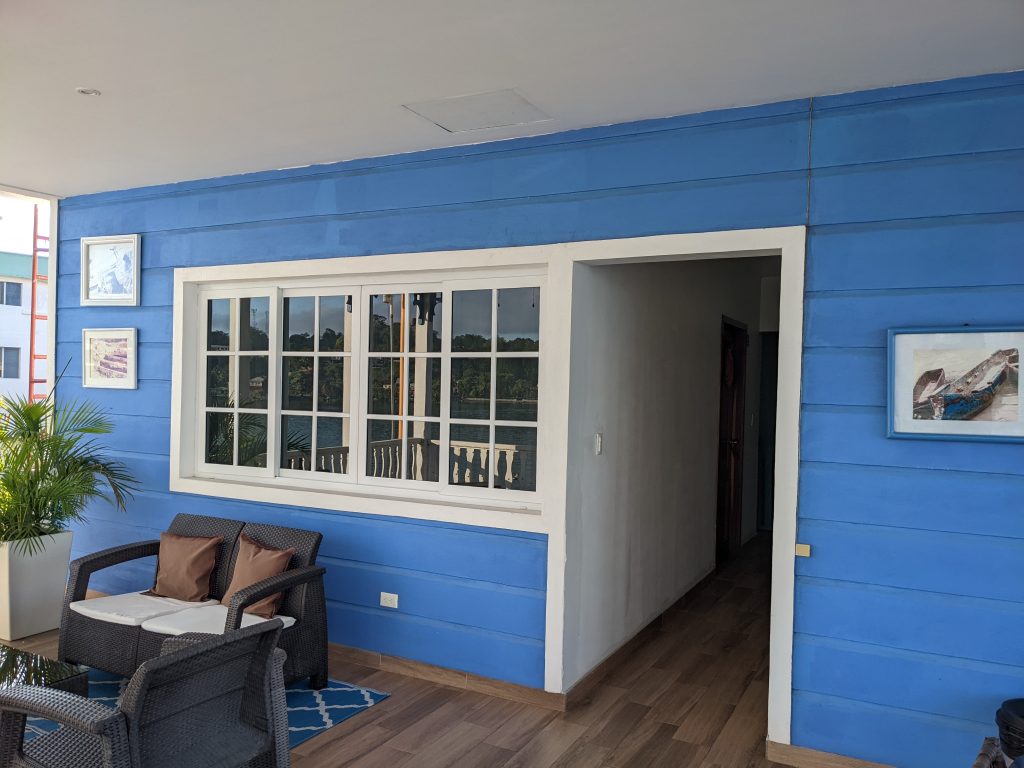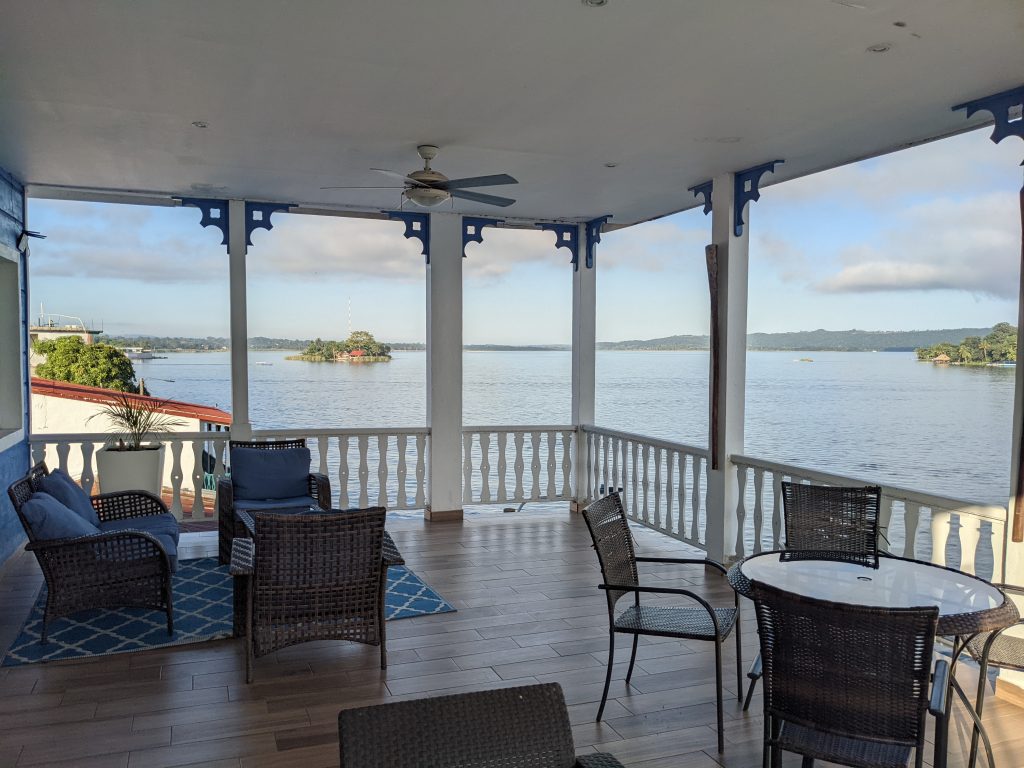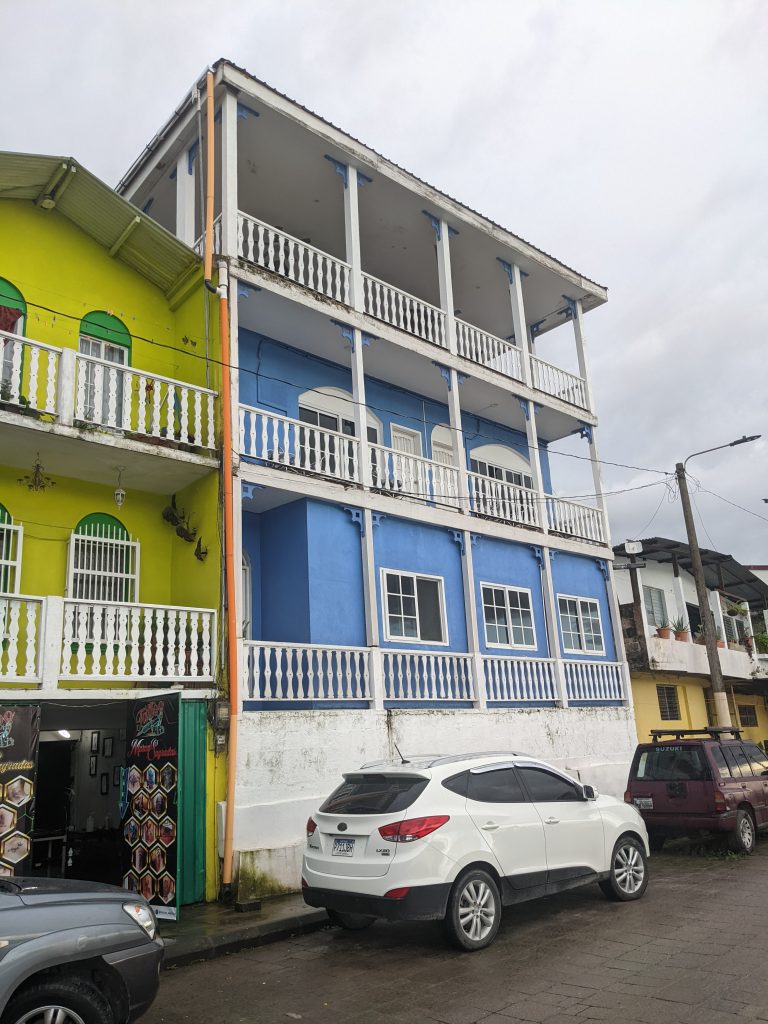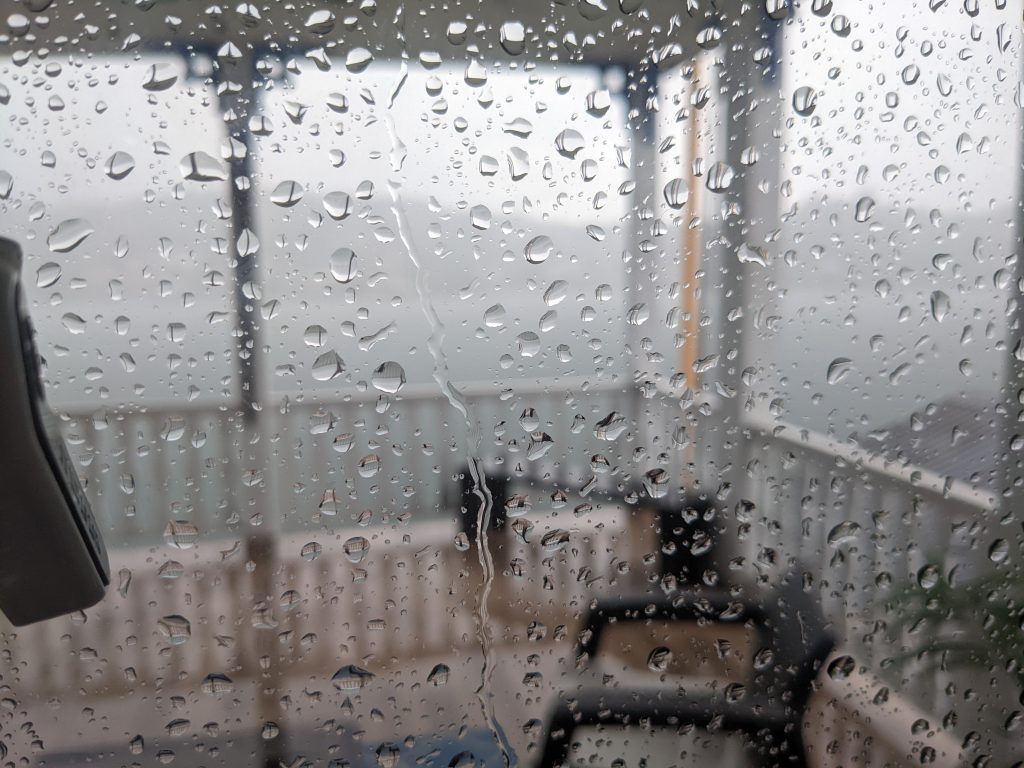Tikal
Tikal was my first love. It was the first of the ancient Mayan ruins I visited. And over 25 years later it’s still just as enchanting. It remains the most impressive in the pantheon of Mesoamerican sites I’ve been to. The setting in the jungle is sublime. And the scale and scope of the buildings is magnificent.
The cliffnotes version of its history per Wikipedia: “Tikal was the capital of a conquest state that became one of the most powerful kingdoms of the ancient Maya. Though monumental architecture at the site dates back as far as the 4th century BC, Tikal reached its apogee during the Classic Period, c. 200 to 900. During this time, the city dominated much of the Maya region politically, economically, and militarily, while interacting with areas throughout Mesoamerica such as the great metropolis of Teotihuacan in the distant Valley of Mexico.”
It also supported an extensive population at its peak: “In an area within a 12 kilometers (7.5 mi) radius of the site core, peak population is estimated at 120,000; population density is estimated at 265 per square kilometer (689 per square mile). In a region within a 25 kilometers (16 mi) radius of the site core and including some satellite sites, peak population is estimated at 425,000 with a density of 216 per square kilometer (515 per square mile).”
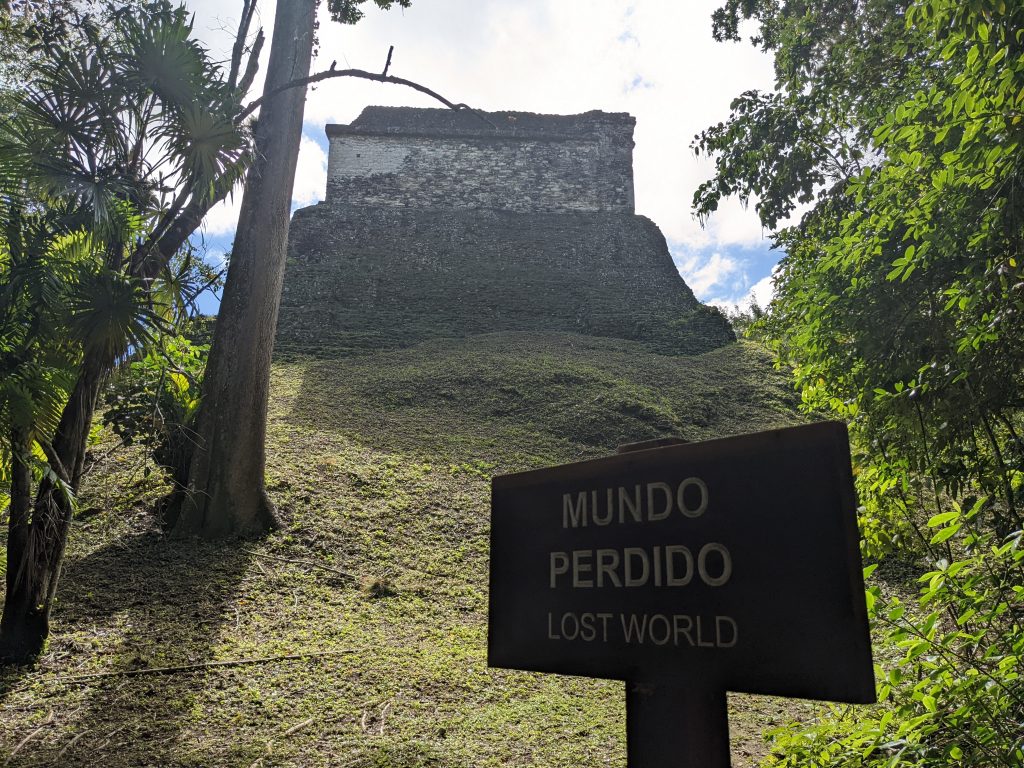
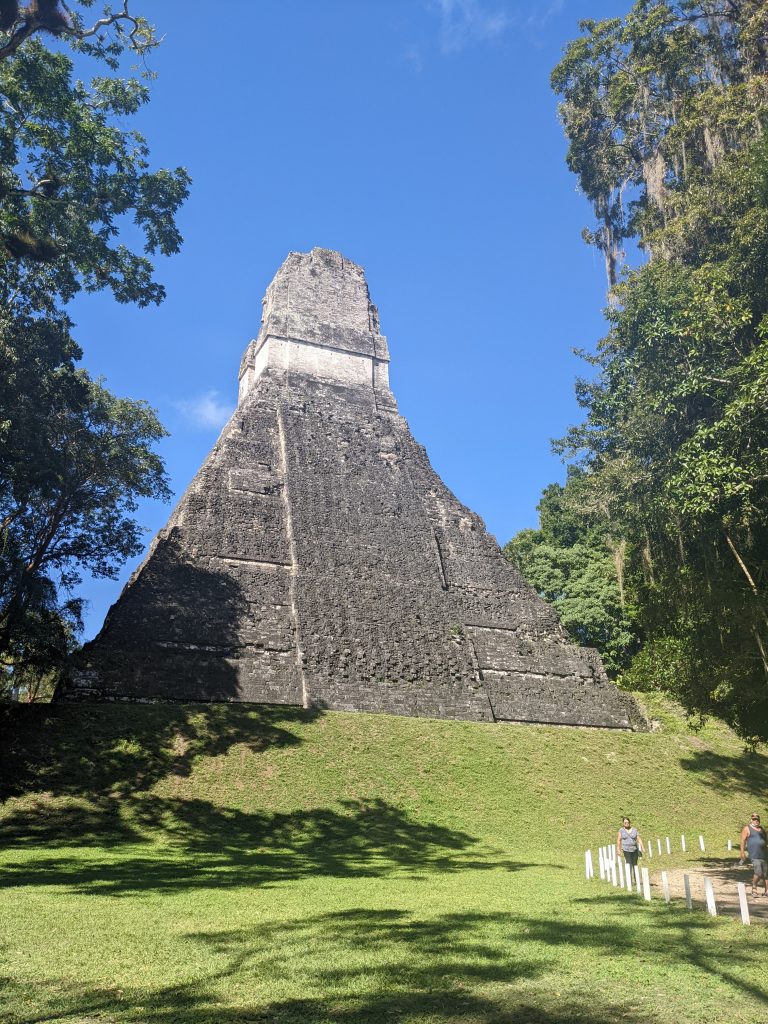
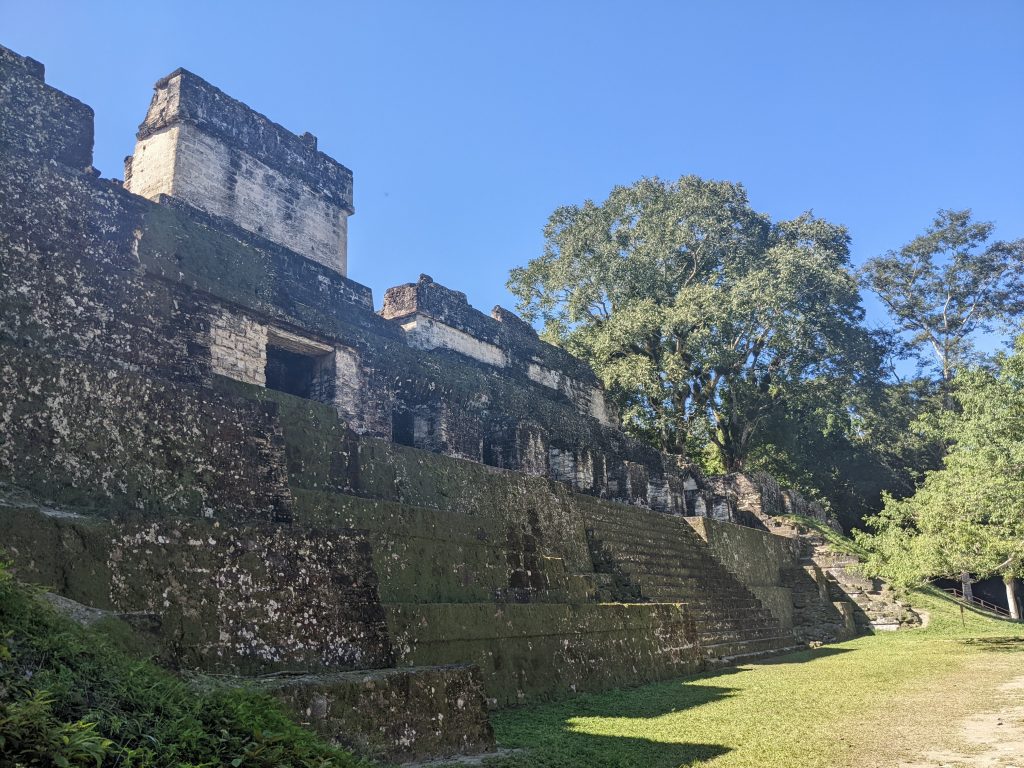
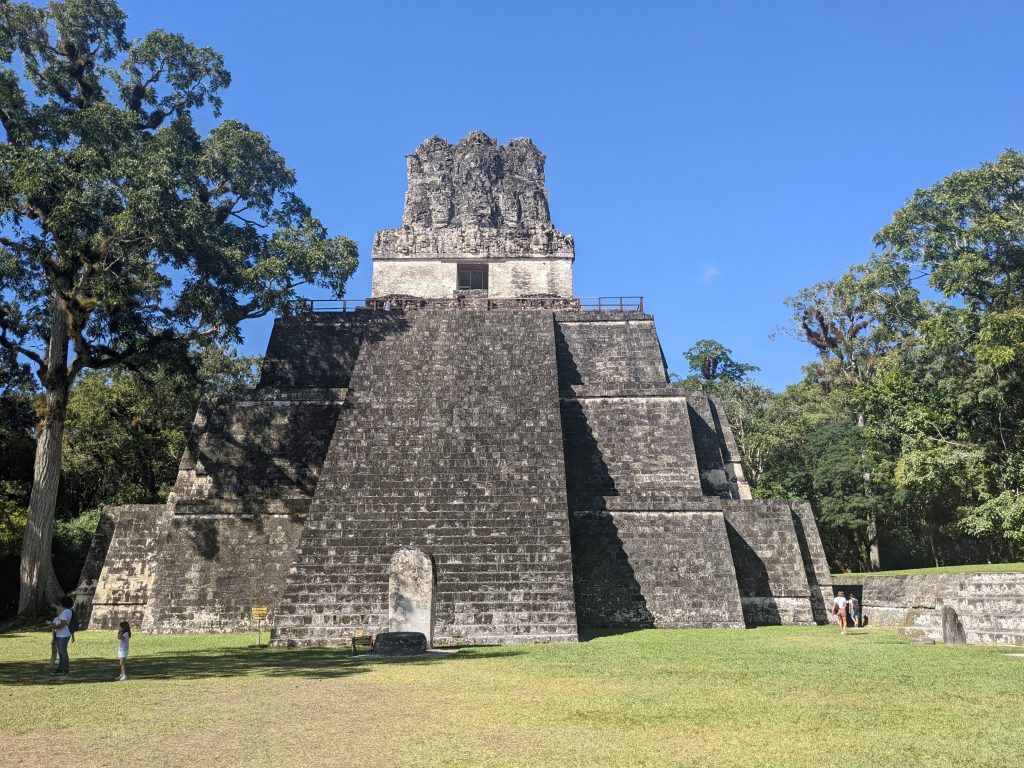
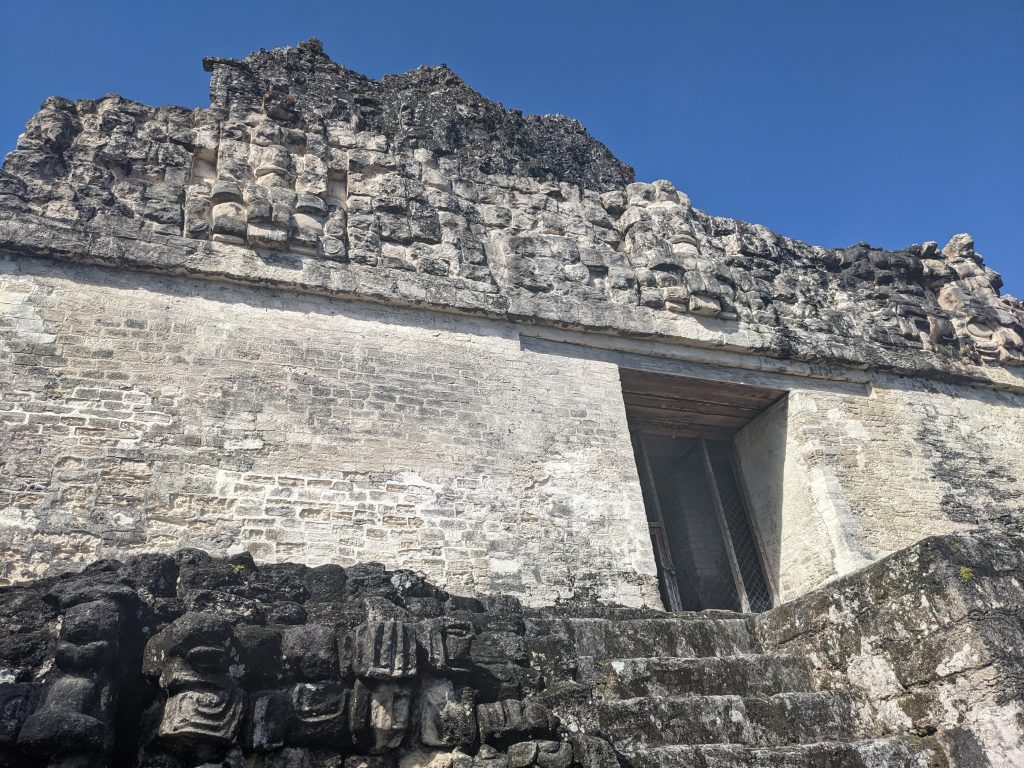
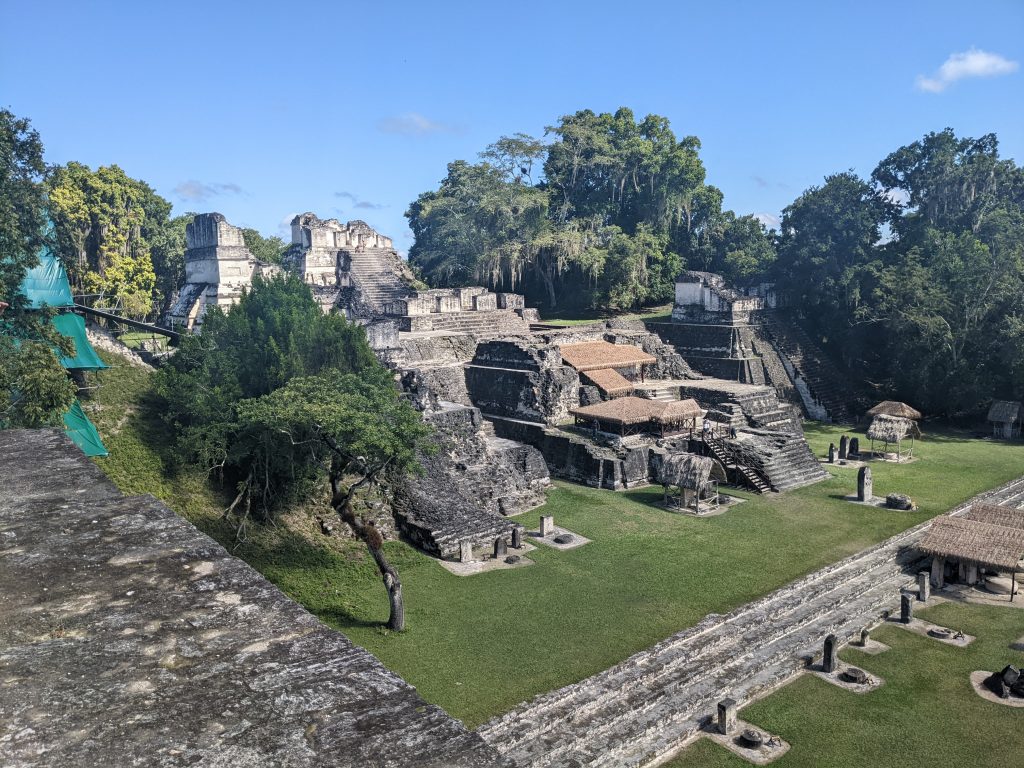
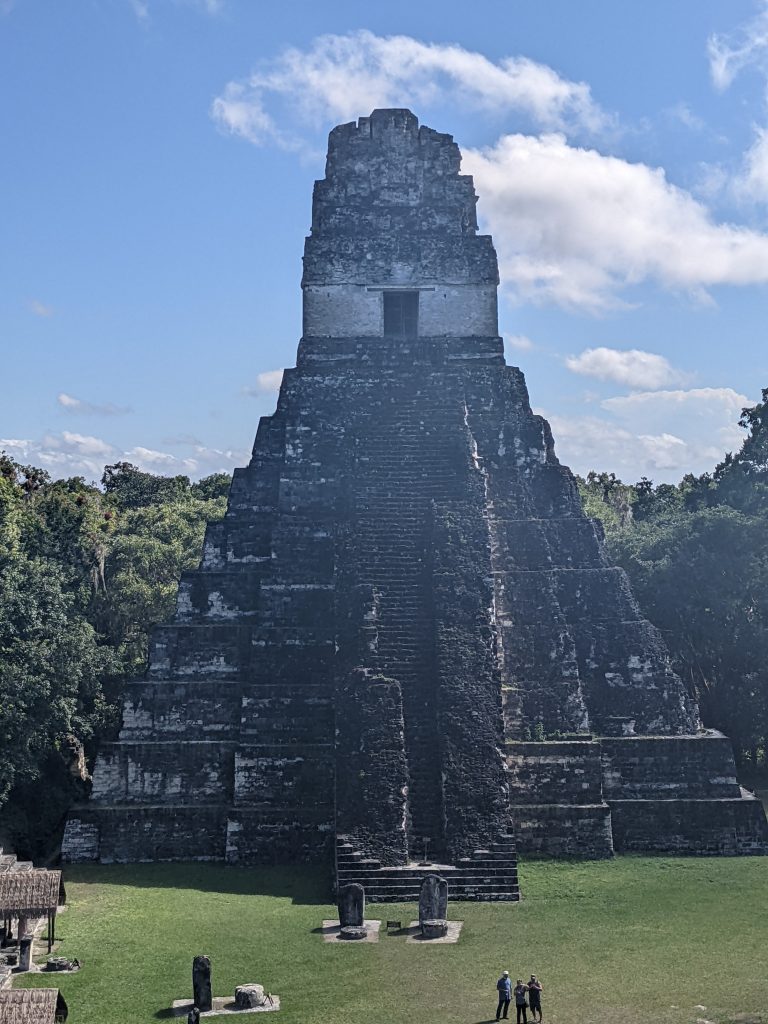
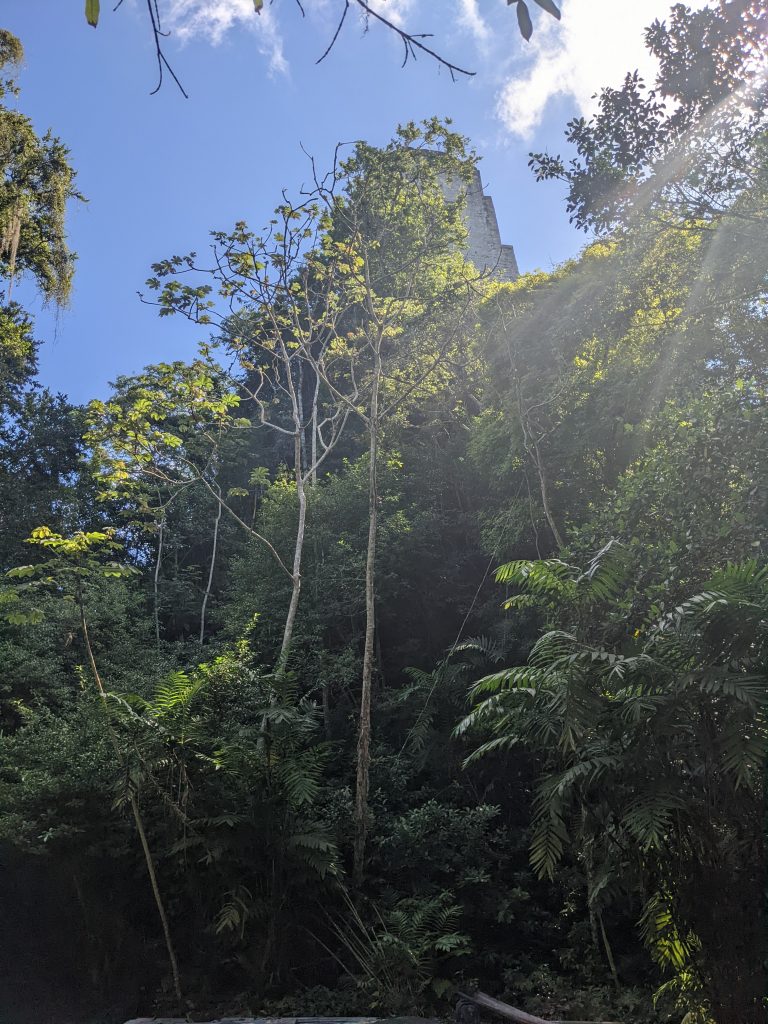
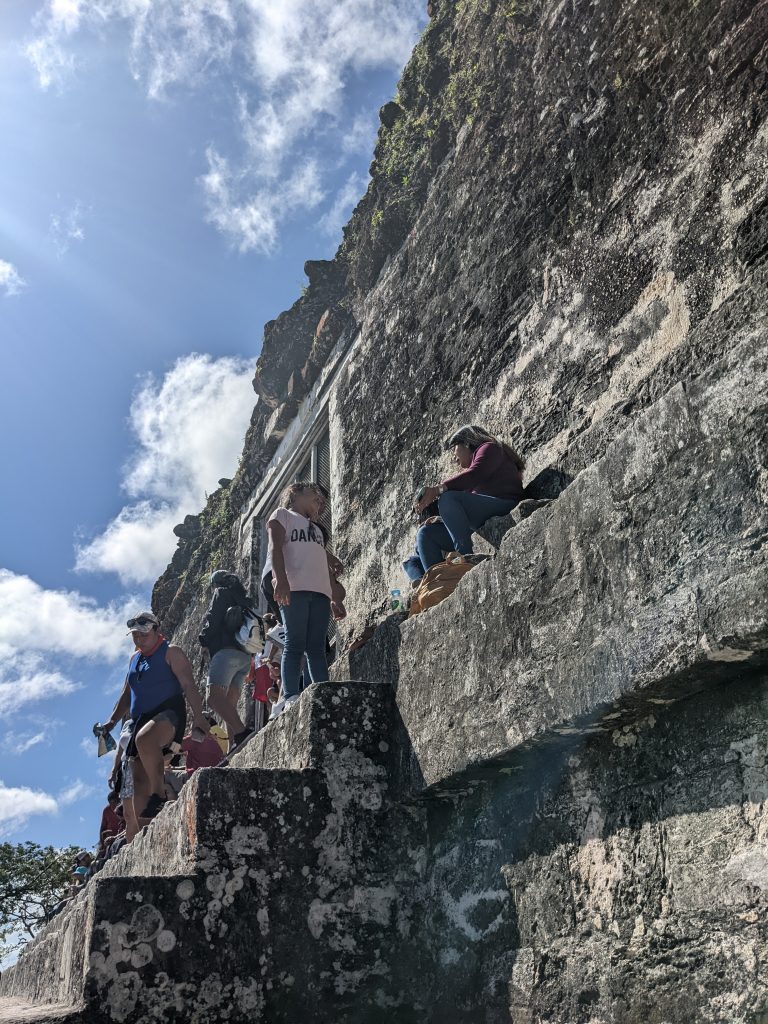
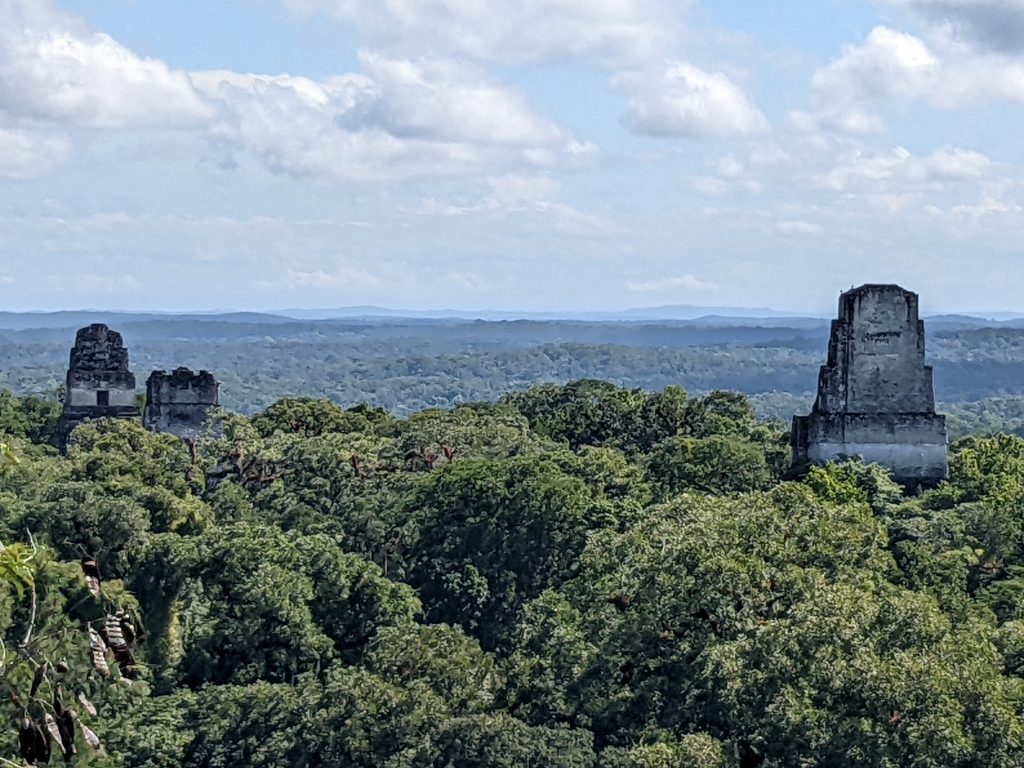
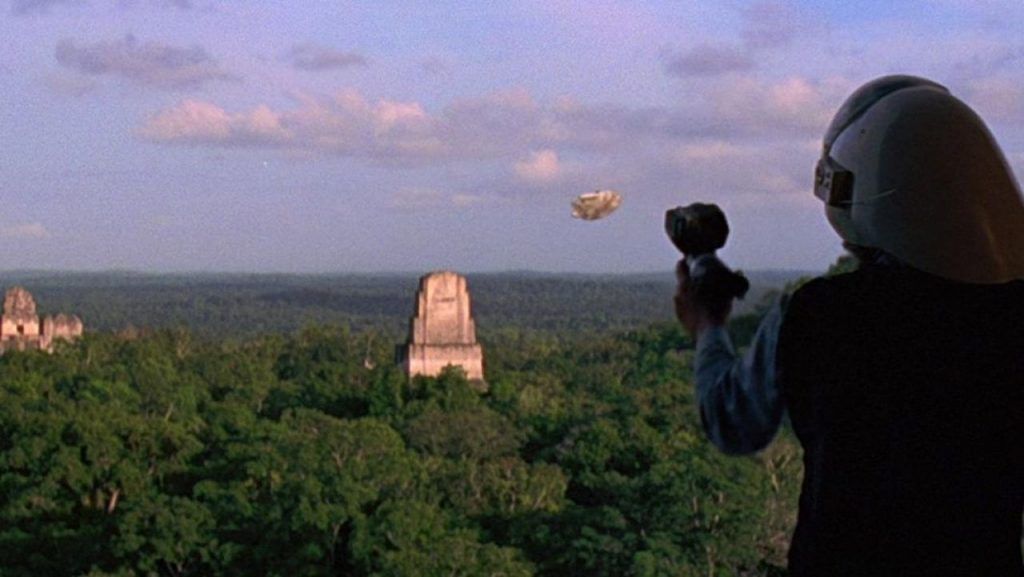
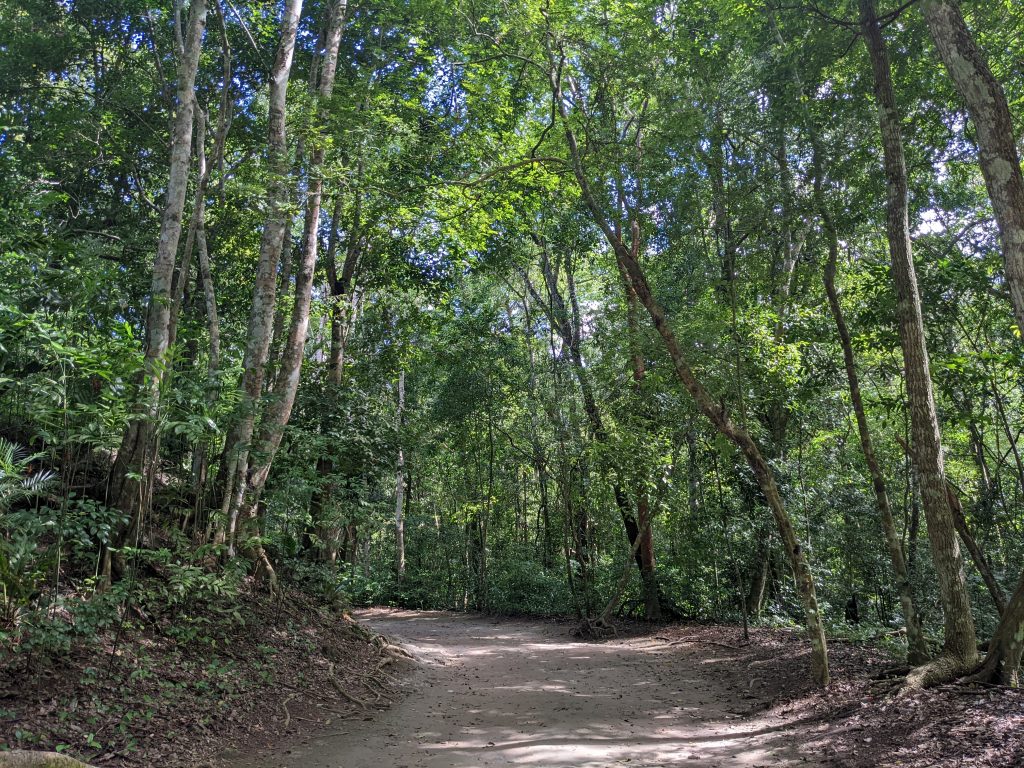
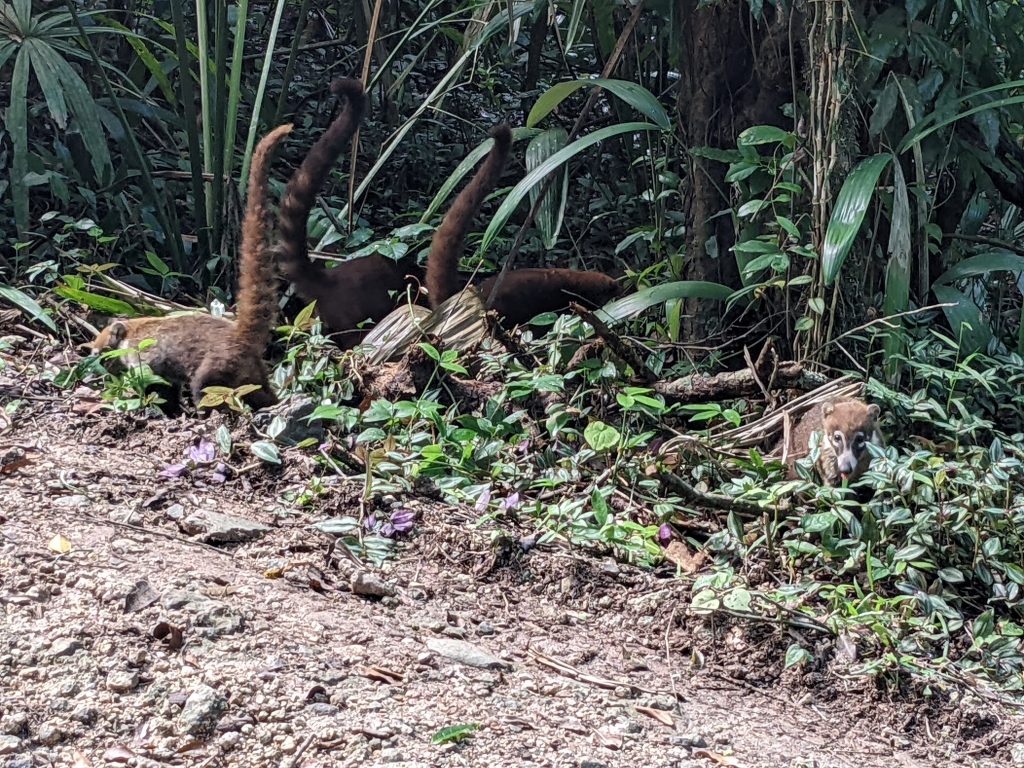
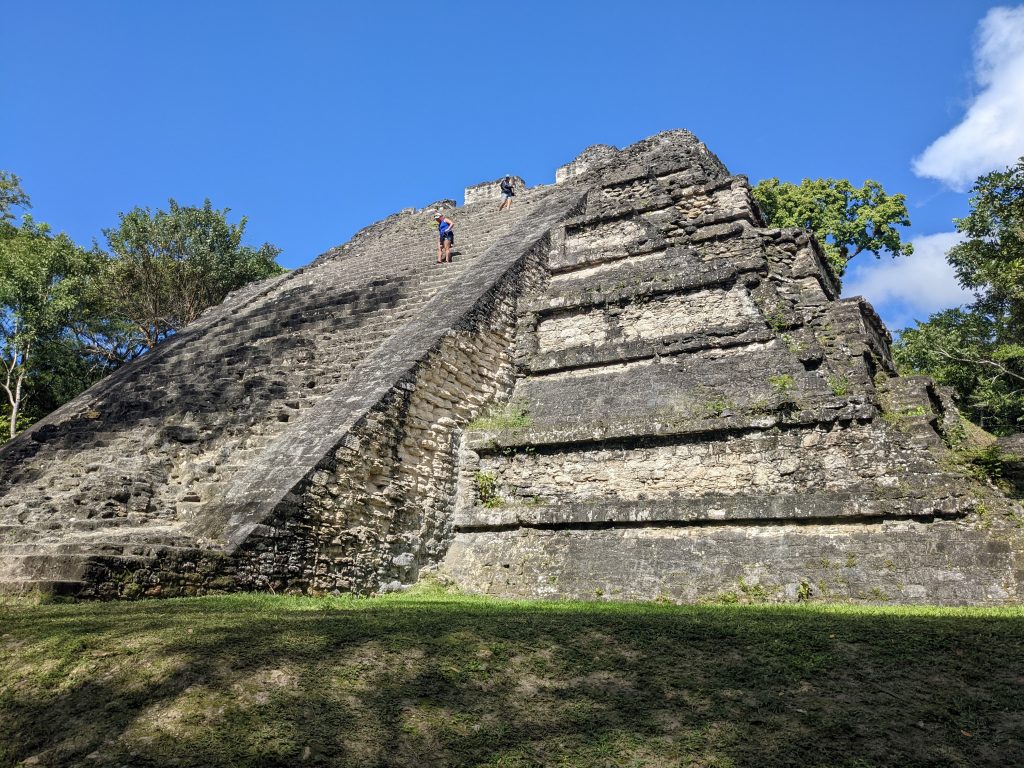
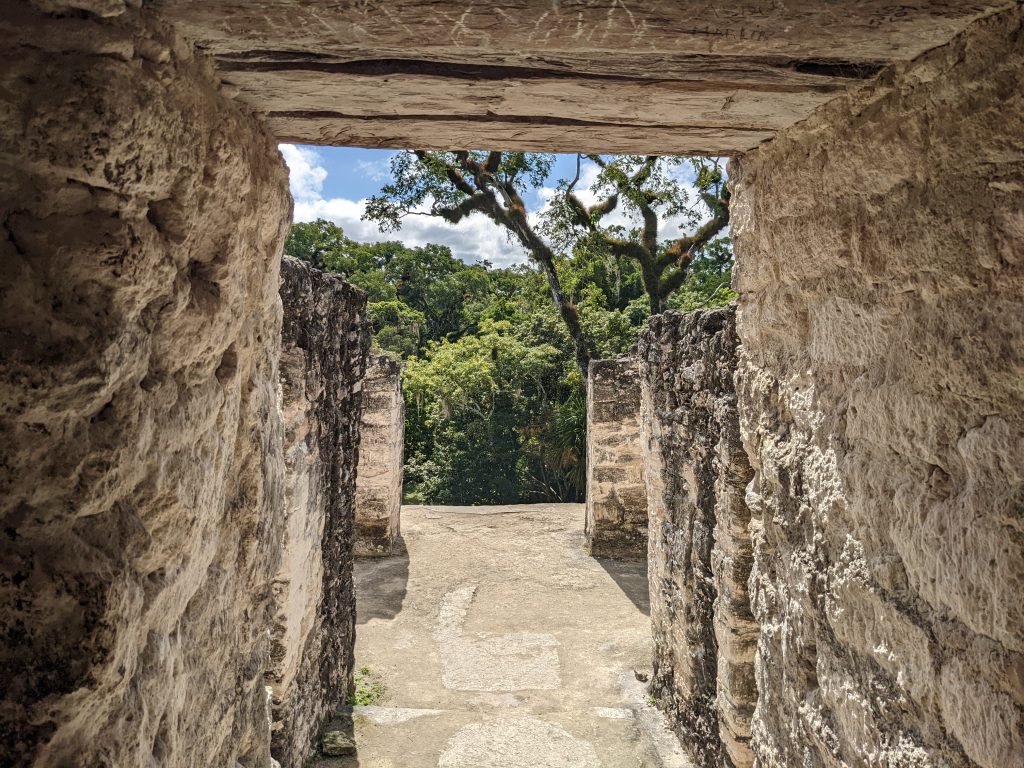
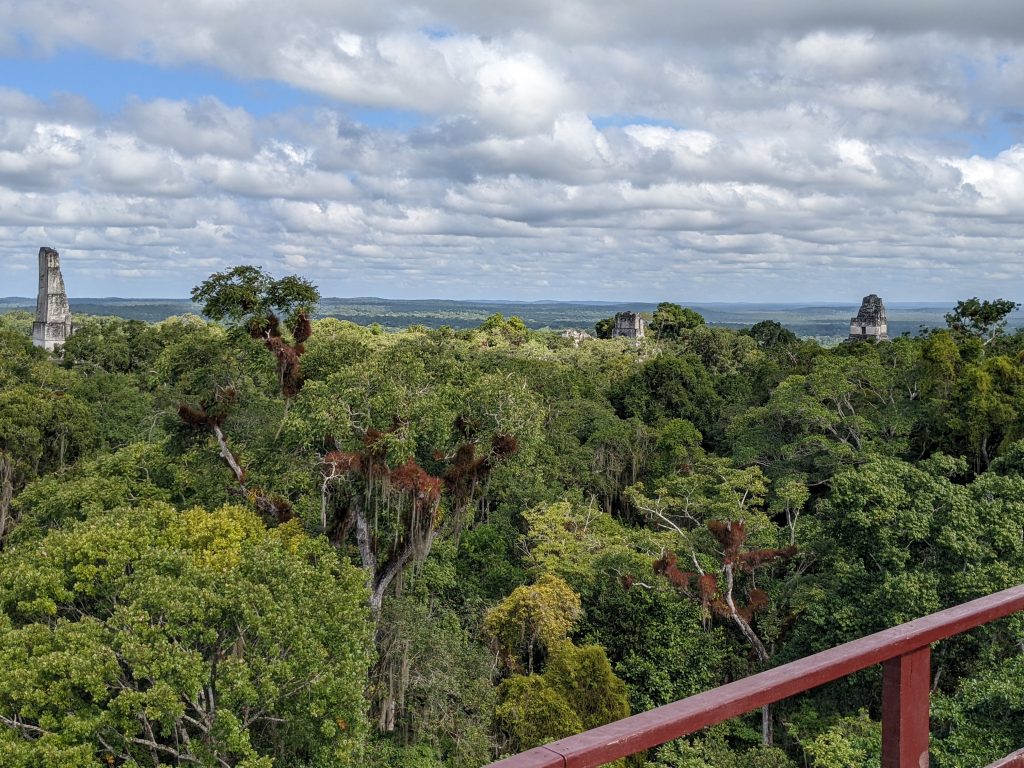
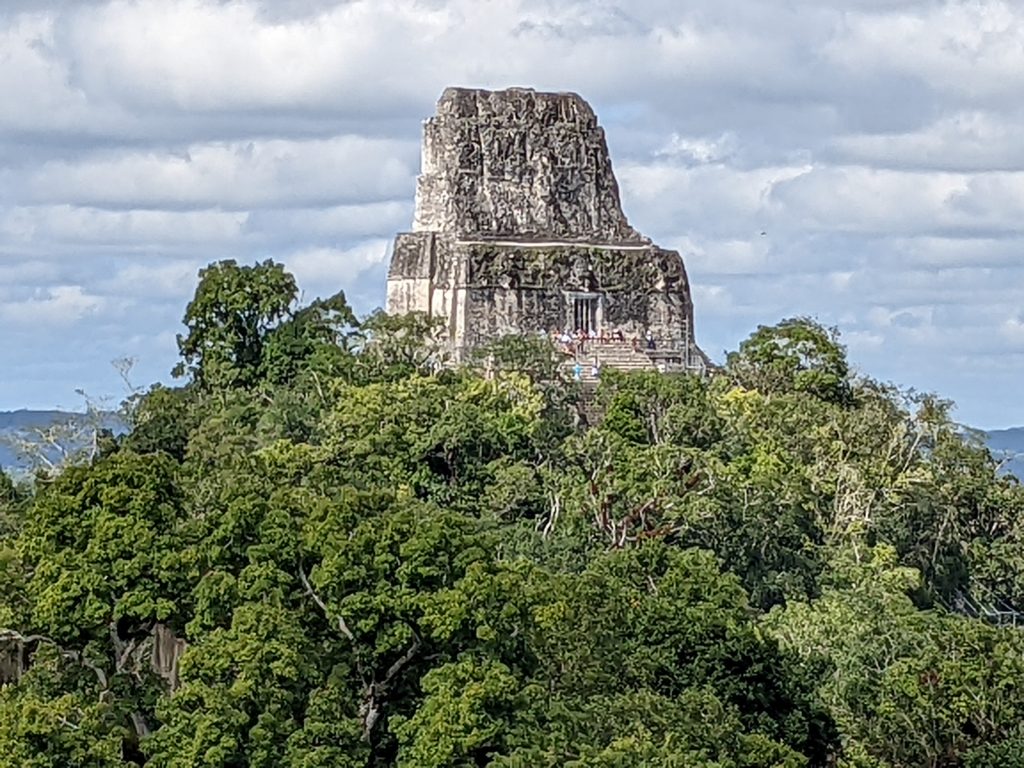
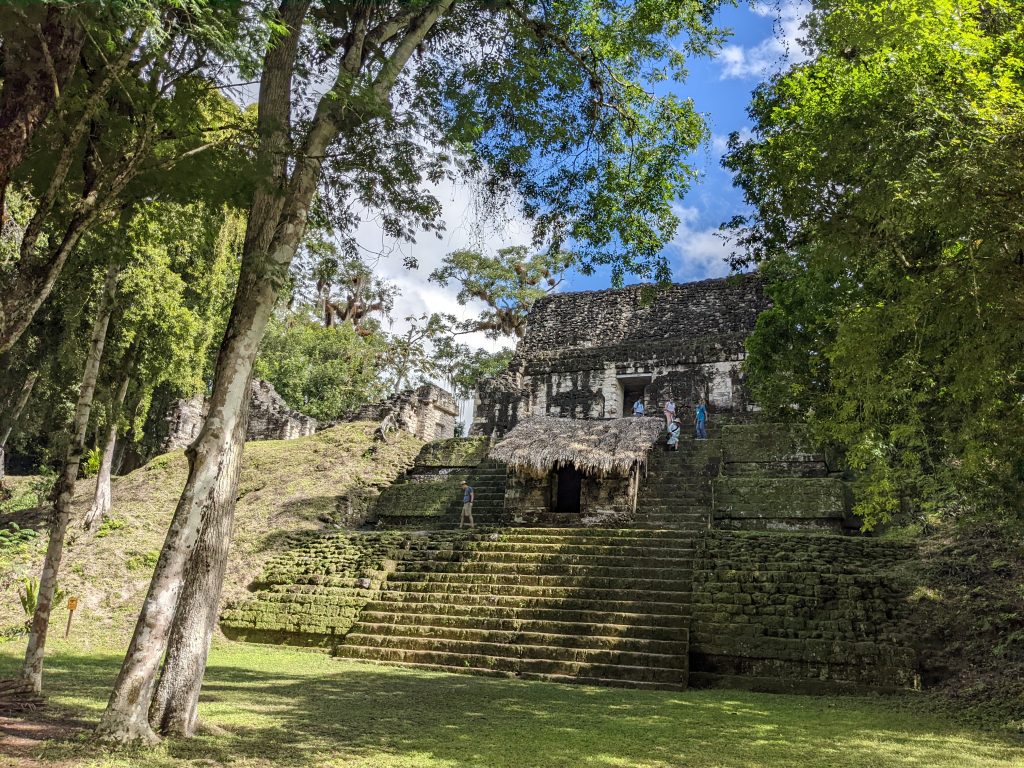
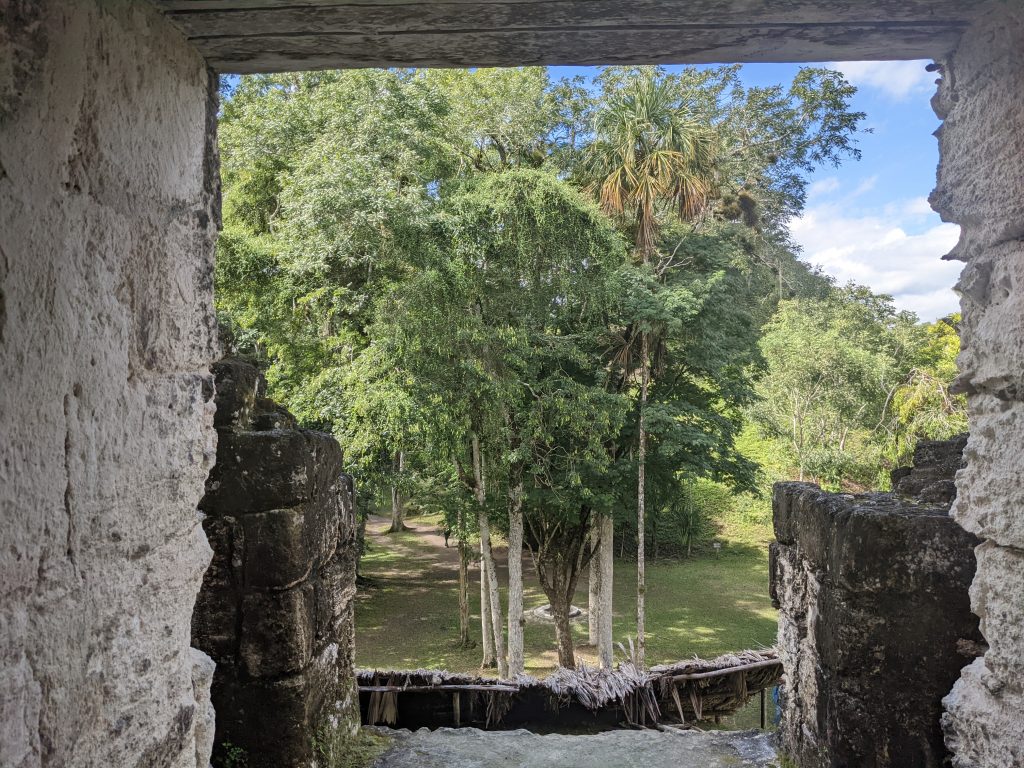
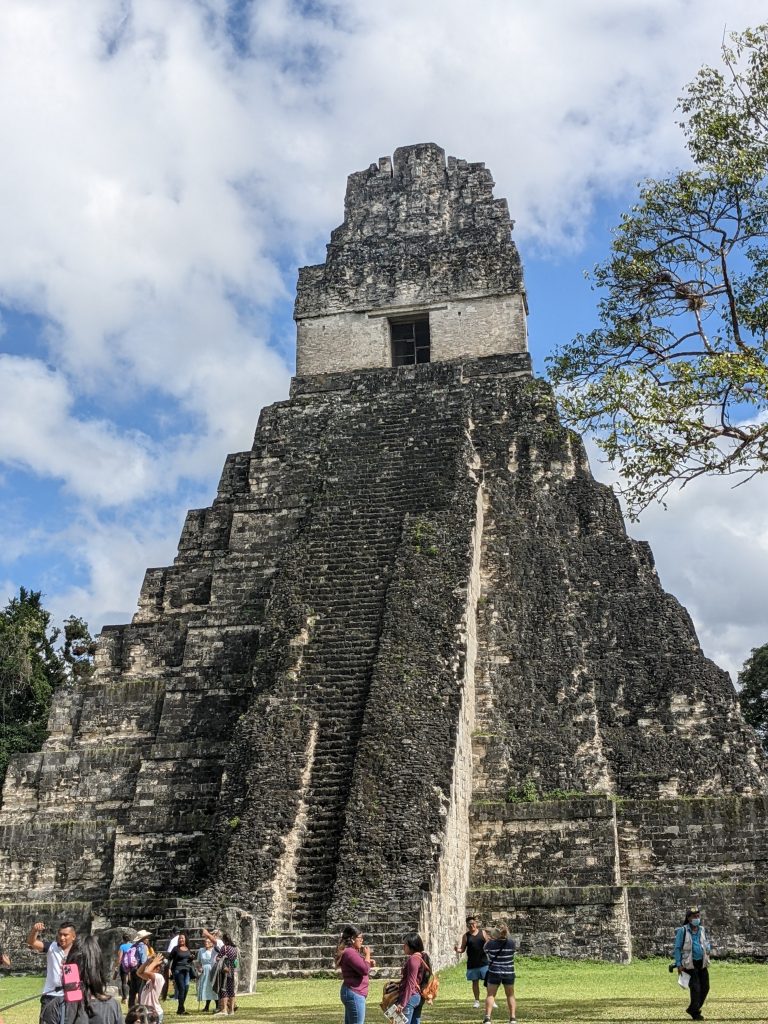
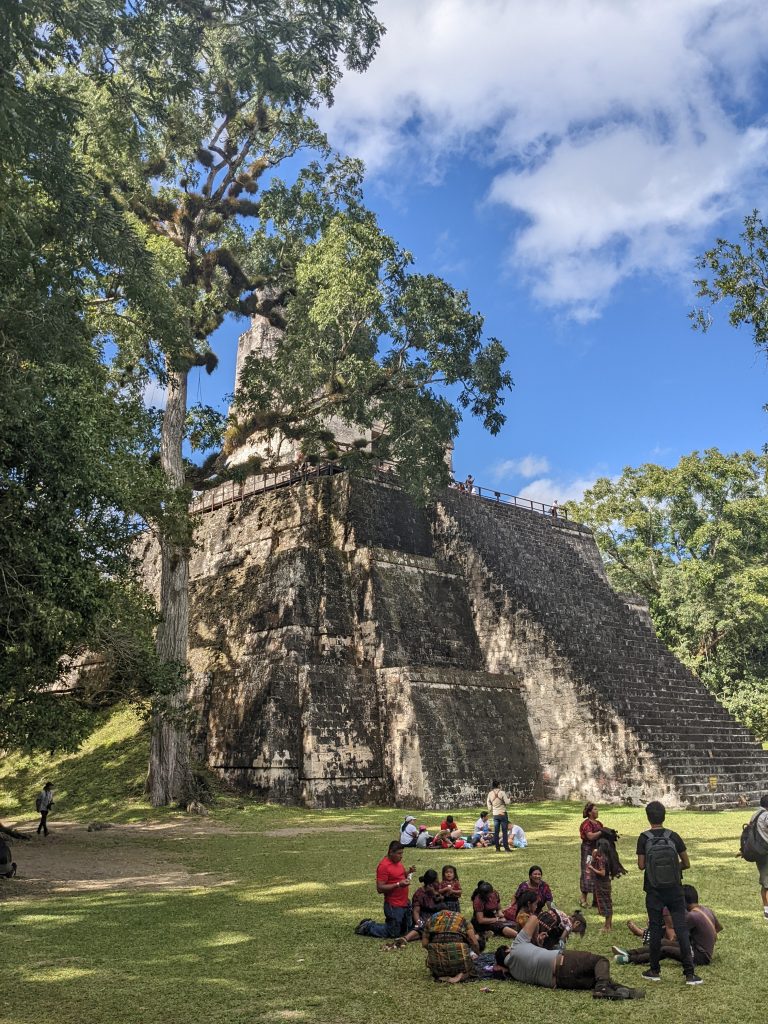
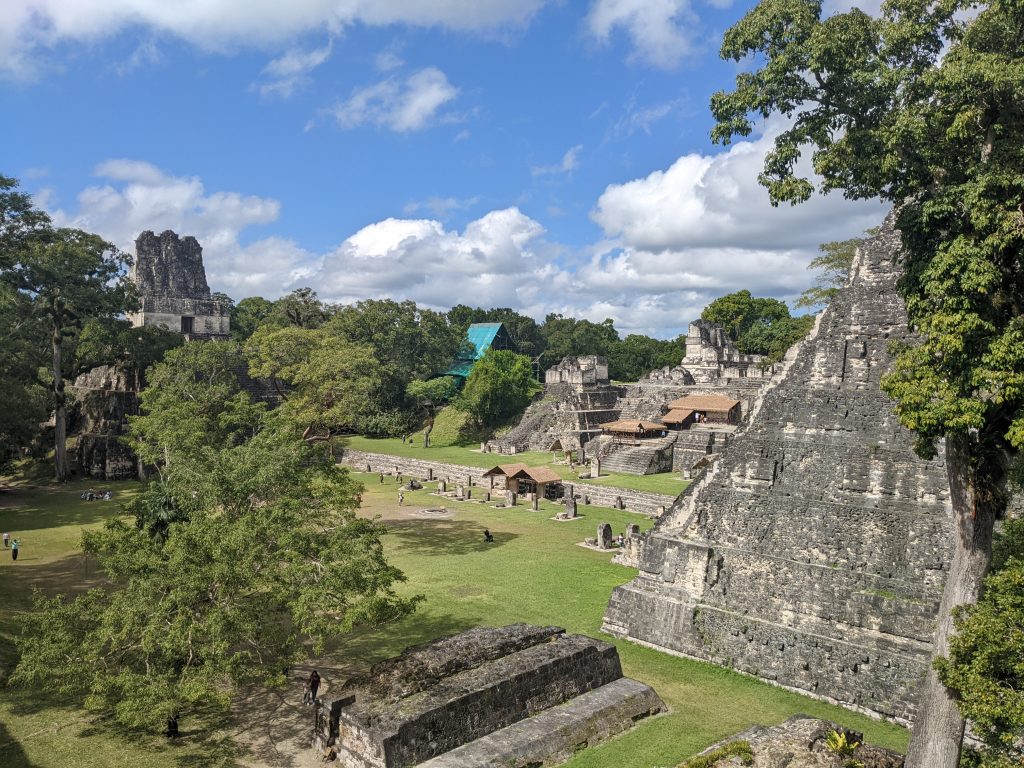
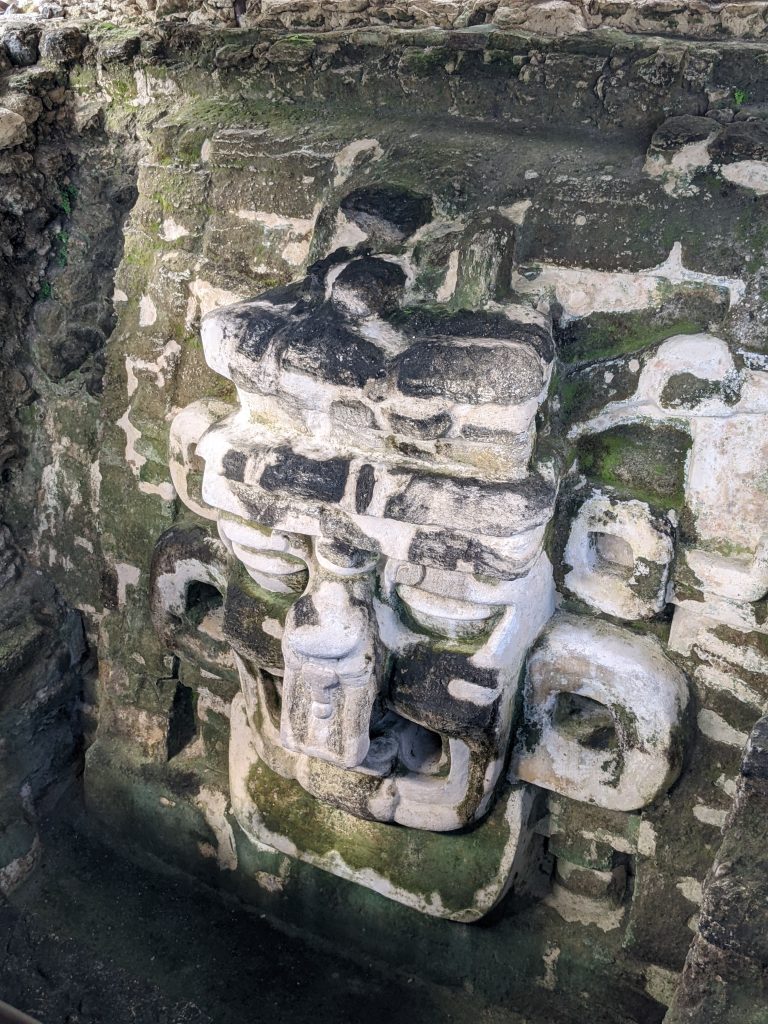
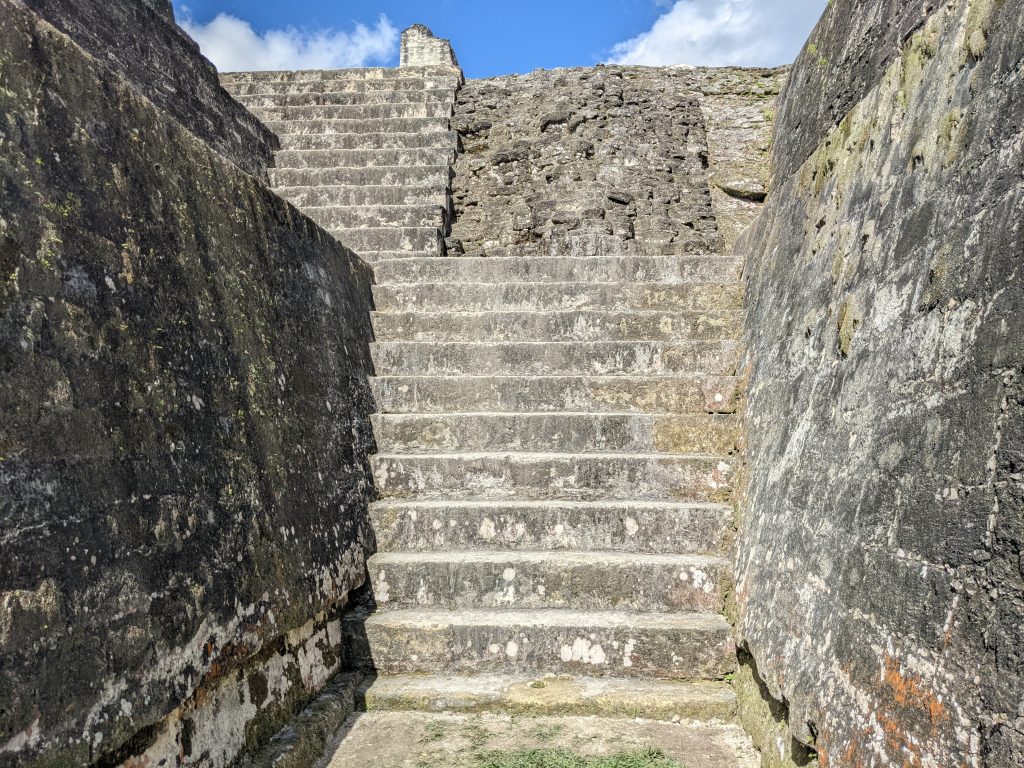
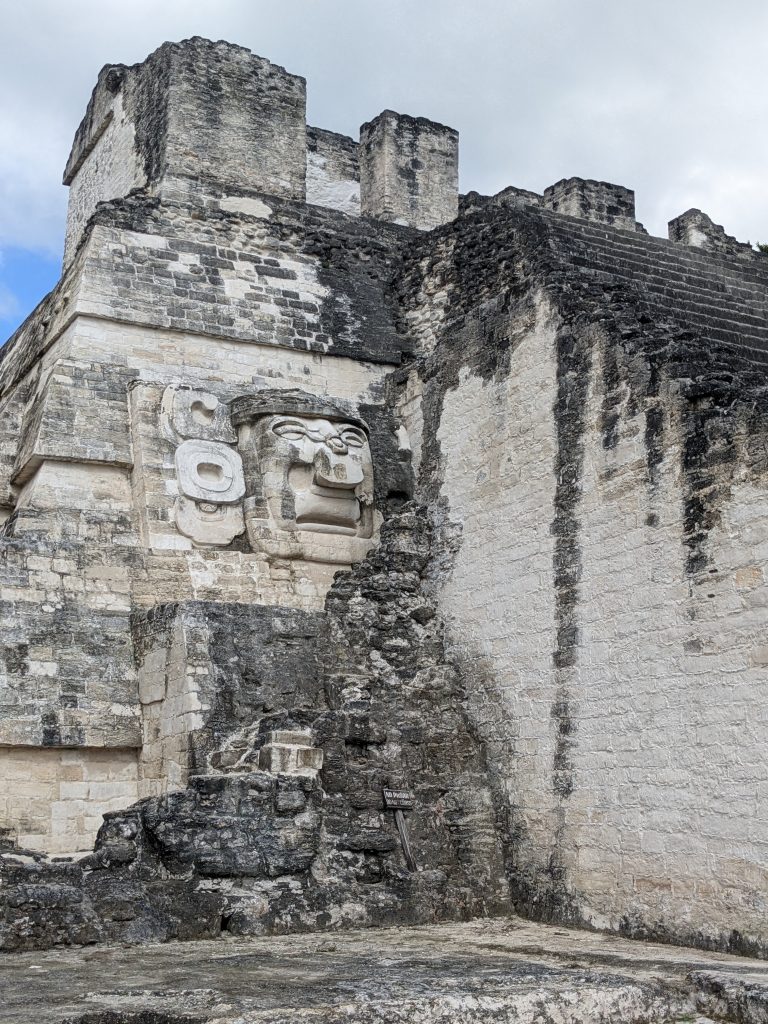
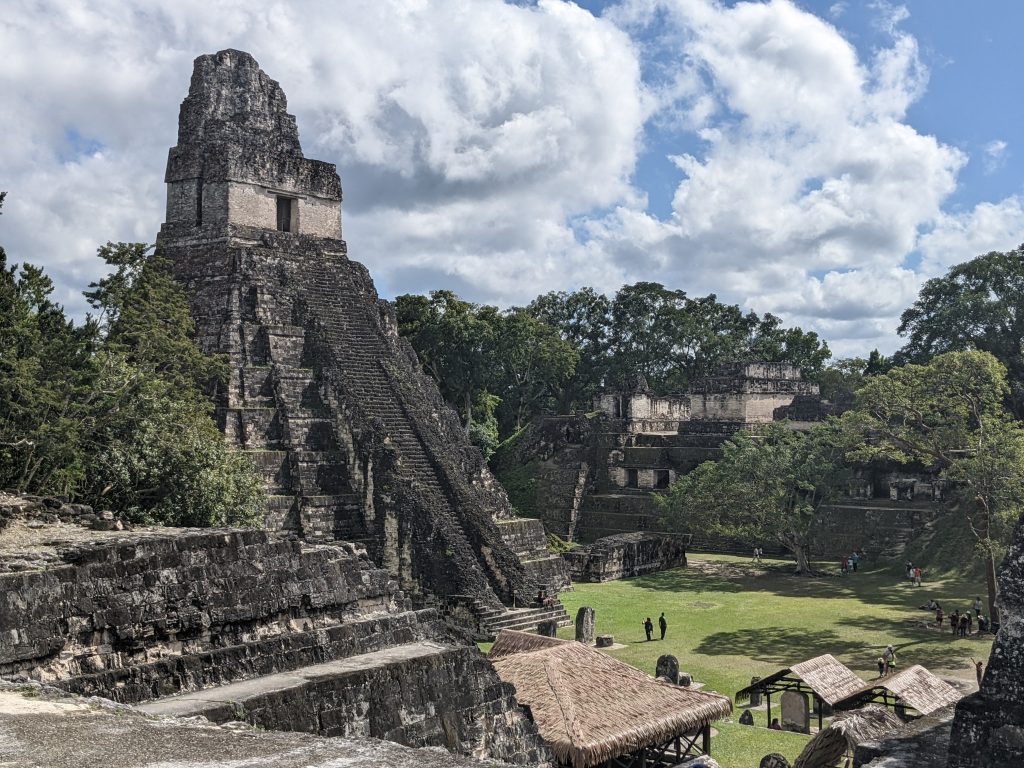
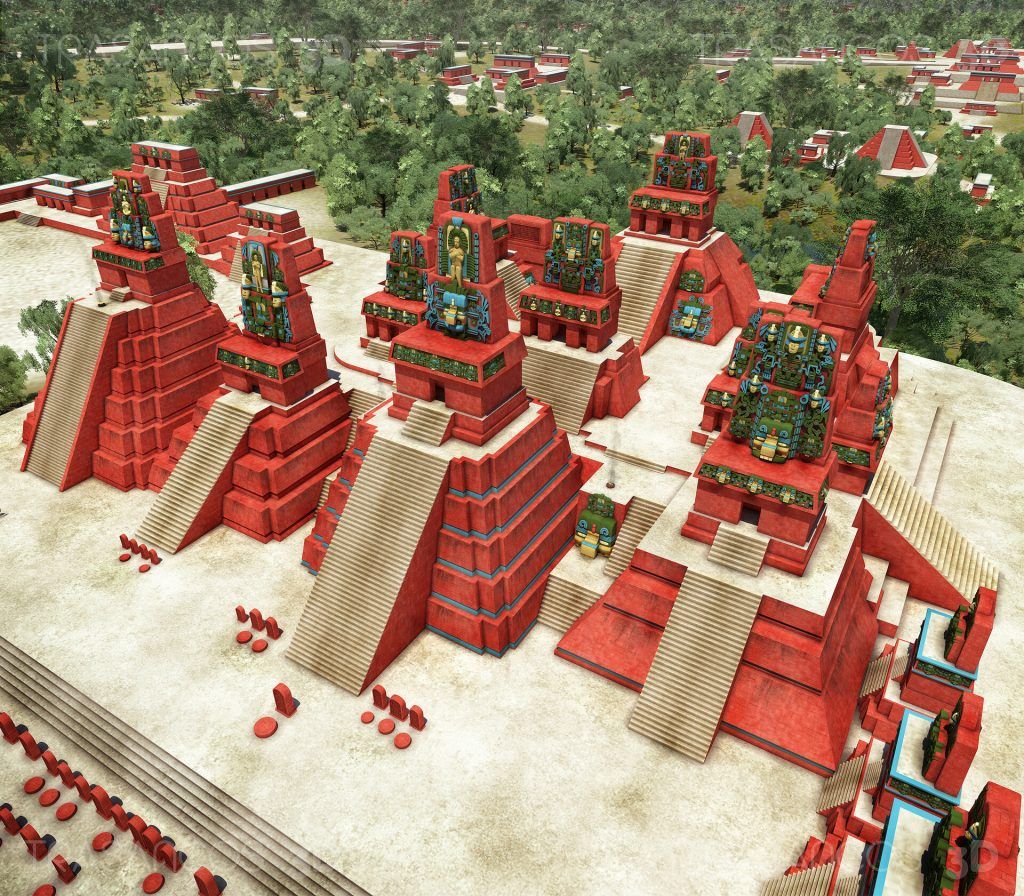
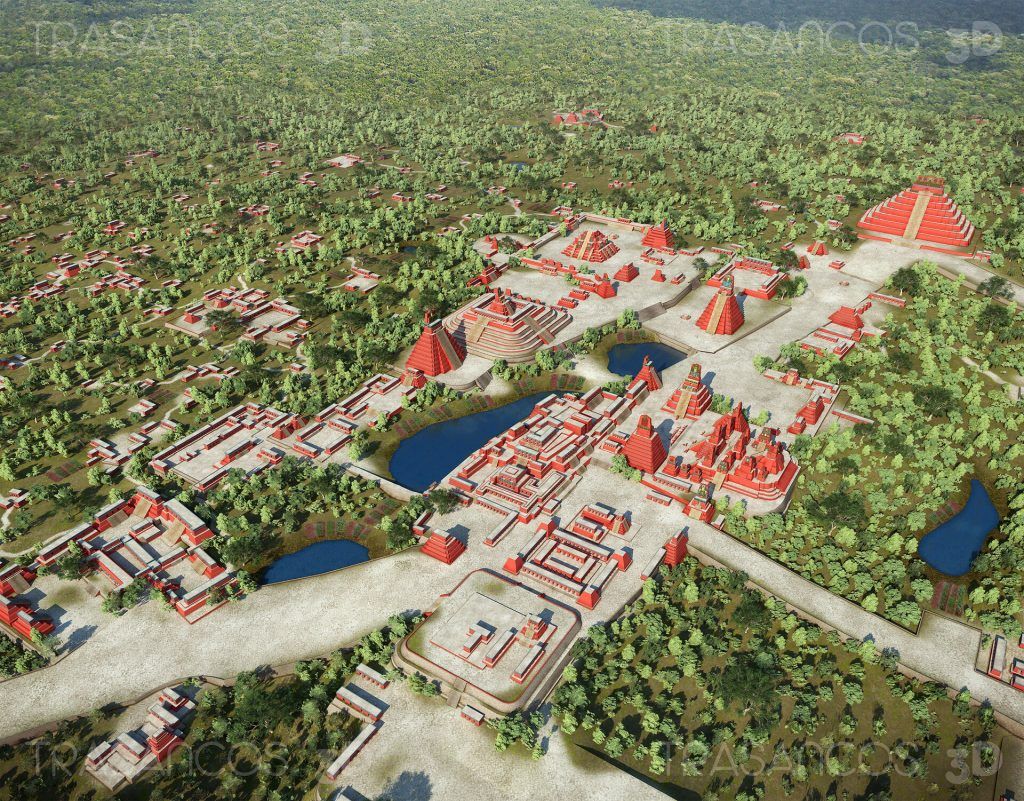
Flores
The city of Flores is the capital of the Guatemalan state of Peten. The unique part of the city is the section on a small island connected to the mainland by a small causeway. I stayed on the island as a base for my trip to Tikal. It’s a wonderful, scenic, peaceful place.
It also has some interesting history per Wikipedia: “The Itza left the Yucatán region in the 13th century and built the city later known as Tayasal as their capital. They called it Nojpetén, (noj peten, literally “Great Island” in the Itza language). It was here, on the island of Flores on the shore of Lake Petén Itzá, that the last independent Maya state held out against the Spanish conquerors. In 1541, Hernán Cortés came to the island, en route to Honduras, but needed to move on and did not try to conquer it. The Spanish did not manage to conquer the island until 1697, when they marched in, attacked via boats, and destroyed it. Those who could flee did so, and many Itzá people hid in the jungle for years. From the ruins of Nojpetén arose the modern city of Flores. The modern city can thus be regarded as the second oldest continuously inhabited settlement in the Americas, after Cholula.”
